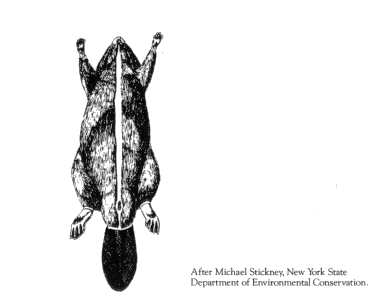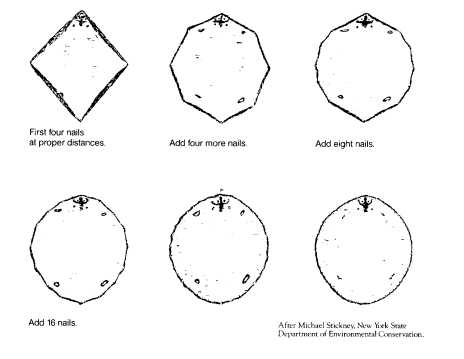Re: the effects of English competition on the French merchants in Quebec.
A letter from M. de Clairambault d'Aigremont to M. de Pontchartrain dated November 18, 1710:
The Coureurs de bois are useful in Canada for the fur trade, which is the sole branch that can be relied on, for it is certain that the articles [goods] required by the Upper Nations be not sent to Michilimackinac, [because] they will go in search of them to the English at Hudson's Bay, to whom they will convey all their peltries, and will detach themselves entirely from us, which would inflict a notable prejudice on that Colony [New France]. Experience sufficiently proves that it is not to be expected that these [Indian] nations will come in quest of them to Montreal; witness the few canoes that have come down within eight or nine years, except in 1708, when about 60 descended. When these Indians will be obliged to go to a great distance to get their necessaries, they will always go to the cheapest market; whereas, were they to obtain their supplies at their door, they would take them, whatever the price may be.
Re: the
coureurs de bois
A letter from M. Du Chesneau to M. de Seignelay, dated November 13, 1681:
And in order, My Lord, that you may be convinced of it, permit me to inform you that there are two sorts of Coureurs de bois. The first go to the original haunts of the Beaver, among the Indian tribes of the Assinibouets, Nadoussieux, Miamis, Illinois and others, and these cannot kmake the trip in less than two or three years. The second, who are not so numerous, merely go so far as the Long Sault,
Petite Nation, and sometimes to Michilimackinac, to meet the Indians and French who come down, in order to obtain, exclusively, their peltries, for which they carry goods to them, and sometimes nothing but Brandy contrary to the King's prohibition, with which they intoxicate and ruin them. The latter can make their trips in the time indicated to you, nearly, and even in a much shorter period. It is not easy to catch either the one or the other, unless we are assisted by disinterested persons; and, if favoured but ever so little, they easily receive intelligence and the woods and the rivers afford them great facilities to escape justice. This has occurred within four years.
Re: Sault Ste Marie's importance as gateway to Lake Superior and supply point for whitefish.
Galinée noted in 1670:
This fish is so cheap that they give ten or twelve of them for four fingers of tobacco. Each weighs six or seven pounds. . . . Meat is so cheap here that for a pound of glass beads I had four minots of fat entrails of moose, which is the best morsel of the animal. . . . It is at these places that one gets a beaver robe for a fathom of tobacco, sometimes for a quarter of a pound of powder, sometimes for six knives, sometimes for a fathom of small blue beads etc. This is the reason why the French go there, notwithstanding the frightful difficulties that are encountered.

The unit of measure called a finger
The
minot is an old unit of dry volume, used in France prior to metrification. The unit was equivalent to three French bushels (
boisseaux), half a
mine, and one quarter of a
setier.
Re: Michilimackinac as described by La Potherie:
the general meeting place for all the French who go to trade with stranger tribes; it is the landing place and refuge of all the savages who trade their peltries. . . . When they choose to work, they make canoes of birch bark which they sell two at three hundred livres each. They get a shirt for two sheets of bark for cabins. The sale of their French strawberries and other fruits produces means for procuring their ornaments. . . . They make a profit on everything.
Re: Michilimackinac ("Missilimackinac") as described by Lahontan in a letter dated May, 26, 1688:
The
Coureurs de bois have but a very small settlement here: though at the same time 'tis not inconsiderable, as being the Staple of all the goods that they truck with the South and the West Savages, for they cannot avoid passing this way, when they go to the Seats of the
Illinese [Illinois] and the
Oumamis, or to the
Bay des Puants, and to the River of
Missisipi. The Skins which they import from these different places, must lye here some time before they are transported to the Colony.
Labels: Innis, Tanner




